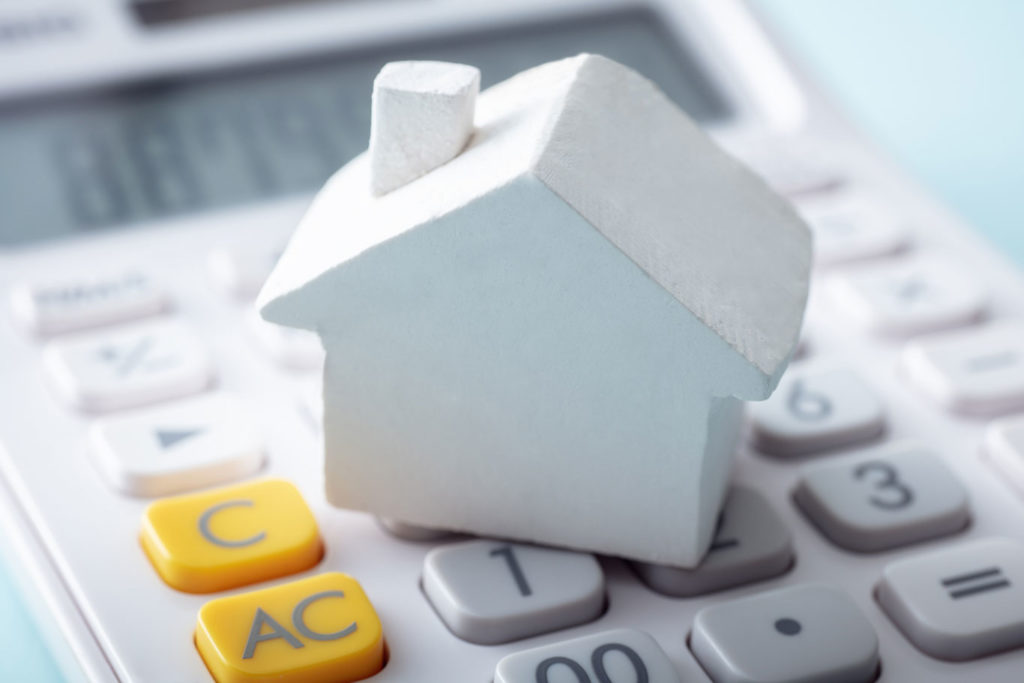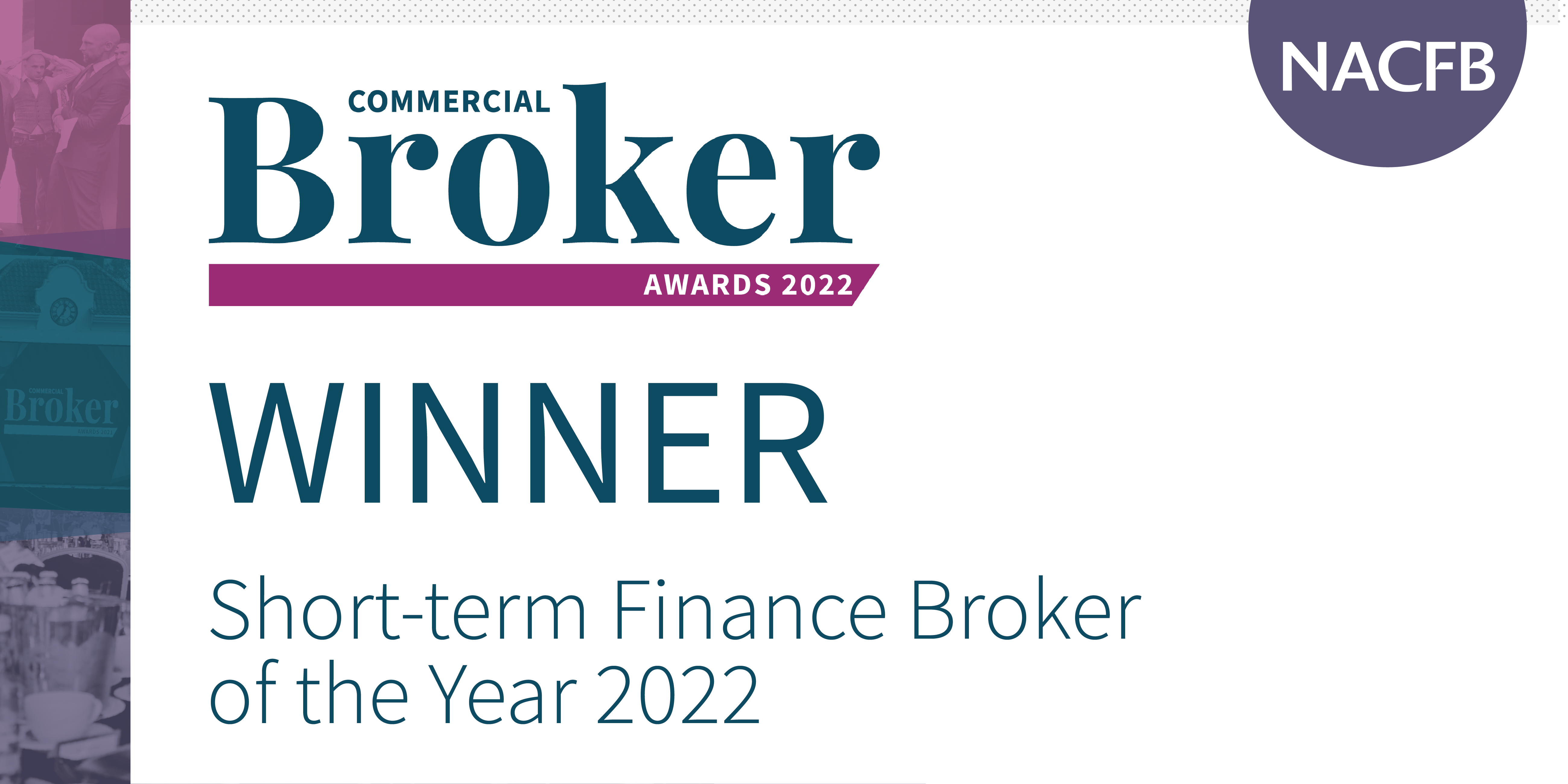
Stamp duty is a crucial aspect of purchasing property in the UK, and understanding how it is calculated can help you plan your finances more effectively. Whether you are a first-time buyer, a seasoned investor, or looking to remortgage, knowing the ins and outs of stamp duty is essential. In this blog, we will explain what stamp duty is, how it is calculated, and how you can use a stamp duty calculator to estimate your costs accurately. For more detailed information, visit our stamp duty page.
What is Stamp Duty?
Stamp Duty Land Tax (SDLT) is a tax imposed by the UK government on the purchase of property or land over a certain price in England and Northern Ireland. Similar taxes apply in Scotland (Land and Buildings Transaction Tax) and Wales (Land Transaction Tax). This tax is payable when you buy a freehold property, a new or existing leasehold, or a shared ownership property. It is an important factor to consider as it can significantly impact your overall purchasing costs.
Stamp duty serves as a significant revenue source for the government and plays a role in the broader economic landscape. For buyers, it’s an essential part of the budgeting process. Being unaware of stamp duty obligations can lead to unexpected financial burdens, potentially disrupting your purchasing plans.
How is Stamp Duty Calculated?
The calculation of stamp duty depends on several factors, including the purchase price of the property, whether you are a first-time buyer, and if the property is your primary residence or an additional property. Here’s a step-by-step guide to understanding the calculation:
1. Determine the Purchase Price
The first step is to know the purchase price of the property. Stamp duty rates are applied to different portions of the purchase price. Understanding the exact purchase price is crucial as the tax is calculated on a tiered basis.
2. Identify the Applicable Rates
Stamp duty rates are tiered, meaning different portions of the purchase price are taxed at different rates. The current rates for residential properties used as a main residence are:
- Up to £125,000: 0%
- £125,001 to £250,000: 2%
- £250,001 to £925,000: 5%
- £925,001 to £1.5 million: 10%
- Above £1.5 million: 12%
For example, if you purchase a property for £300,000, the stamp duty is calculated as follows:
- First £125,000 at 0% = £0
- Next £125,000 at 2% = £2,500
- Remaining £50,000 at 5% = £2,500
- Total stamp duty = £5,000
3. Apply the Rates to Each Portion
Calculate the stamp duty for each portion of the purchase price according to the applicable rates. This tiered system ensures that only the amount within each bracket is taxed at that bracket’s rate. By breaking down the calculation, you can clearly see how different portions of the property price contribute to the overall stamp duty.
4. Consider Any Reliefs or Exemptions
First-time buyers are eligible for relief on properties up to £500,000, meaning they pay no stamp duty on the first £300,000 and reduced rates on the amount between £300,001 and £500,000. Other exemptions and reliefs may apply depending on individual circumstances, such as for properties in designated disadvantaged areas or for zero-carbon homes. Understanding these exemptions can significantly reduce your stamp duty liability and should be a part of your financial planning.
Stamp Duty for Second Home Owners and Investors
For those purchasing additional properties or buy-to-let investments, higher stamp duty rates apply:
- Up to £125,000: 3%
- £125,001 to £250,000: 5%
- £250,001 to £925,000: 8%
- £925,001 to £1.5 million: 13%
- Above £1.5 million: 15%
These rates reflect the government’s efforts to balance the housing market and support first-time buyers. When calculating stamp duty for additional properties, it’s important to factor in these higher rates to avoid unexpected costs.
Factors Influencing Stamp Duty
Several factors influence the amount of stamp duty you will pay:
- Type of Buyer: First-time buyers, home movers, and additional property buyers face different rates.
- Property Value: Higher-value properties incur higher rates due to the tiered system.
- Property Location: Different rates apply in Scotland and Wales.
- Type of Property: Residential properties used as a main residence, buy-to-let, and non-residential properties have different rates and thresholds.
Using a Stamp Duty Calculator
To simplify this process, you can use a stamp duty calculator. This tool allows you to input the property purchase price and your buyer status (first-time buyer, additional property, etc.) to instantly estimate your stamp duty liability. Visit our stamp duty calculator page for an easy-to-use tool that provides accurate calculations.
Using a stamp duty calculator can save you time and ensure you have a clear understanding of your financial commitments. It helps eliminate the guesswork and allows you to plan your budget more effectively.
Why Use VIBE’s Stamp Duty Calculator?
Using VIBE’s stamp duty calculator offers several advantages:
- Accuracy: Our calculator uses the latest rates and regulations to provide precise estimates. This ensures that you are not caught off guard by unexpected costs.
- Ease of Use: The intuitive interface makes it simple to calculate your stamp duty. Whether you are a first-time buyer or a seasoned investor, the tool is designed to be user-friendly.
- Comprehensive Information: Get a detailed breakdown of your stamp duty costs. This includes the tax on different portions of your property price.
- Up-to-Date Rates: Ensure you are using current rates for the most accurate calculations. Our calculator is regularly updated to reflect any changes in government policy.
Overview
Understanding how stamp duty is calculated is essential for anyone looking to purchase property in the UK. By knowing the steps involved and using a reliable stamp duty calculator, you can plan your finances better and avoid unexpected costs. At VIBE, we are committed to providing the tools and expertise you need to make informed decisions. Visit our stamp duty calculator page to get started today.
Further Reading and Resources
Please feel free to check out our Case Studies for intermediaries here and for consumers here.
Contact Us
Get in touch | Phone: 01329 277 599 | Email: [email protected]
VIBE Finance Socials
- Instagram: VIBE Finance
- Facebook: VIBE Finance
- TikTok: VIBE Finance
- LinkedIn: VIBE Finance
VIBE Mortgages & Protection Socials
- Instagram: VIBE Mortgages & Protection
- Facebook: VIBE Mortgages & Protection
- LinkedIn: VIBE Mortgages & Protection












